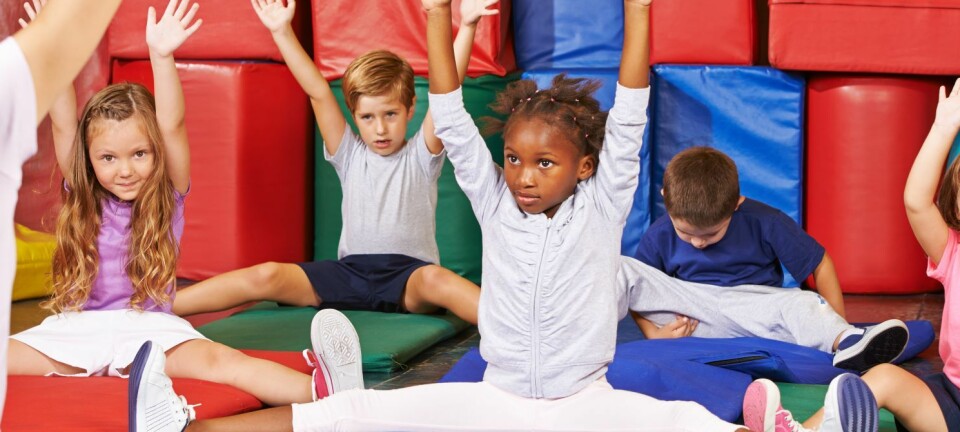This article was produced and financed by The Norwegian School of Sport Sciences - read more
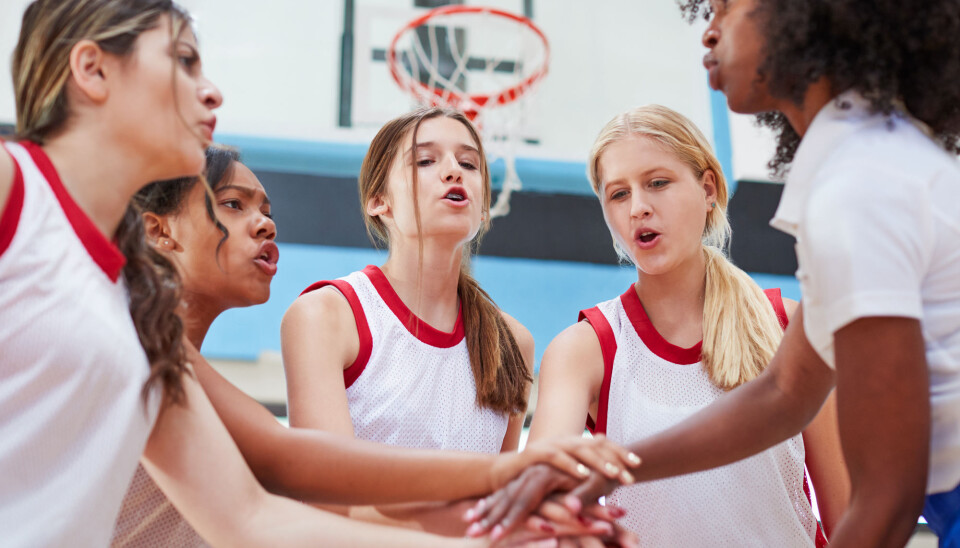
Culture clashes in physical education push many pupils away
How can we avoid so many young people, particularly those with minority backgrounds, feeling left out in physical education? It’s not easy, but physical education teachers can do a lot to help - if they are switched on.
14-year-old Lea was particularly active in her spare time and told a happy story about the recent sports day, but nevertheless she does not feel good enough at physical education. Why?
It has long been a problem that many pupils feel marginalized in physical education, especially girls with minority backgrounds. What exactly is the reason for this feeling of alienation? How can we get everyone involved? Is it possible?
“Working with cultural diversity in physical education is challenging. It’s a very complex area, but it is absolutely possible to succeed,” says Ingfrid Mattingsdal Thorjussen.
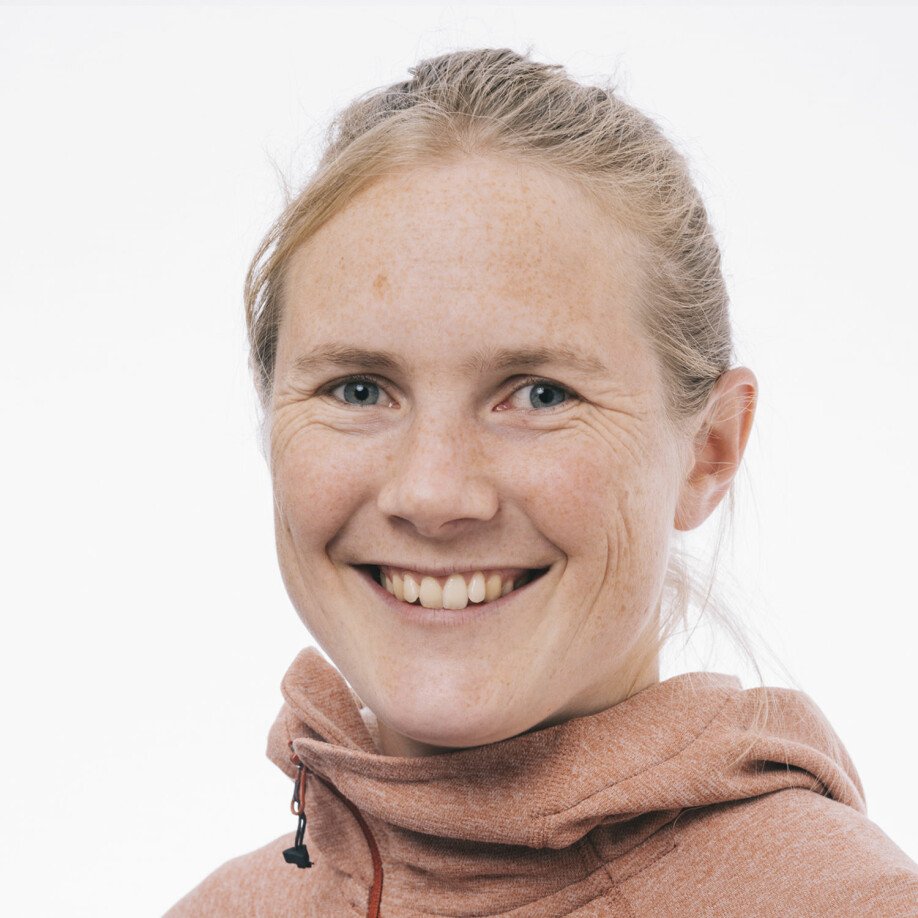
In her PhD work, she has studied what lies beneath and influences pupils' feelings of inclusion and exclusion in physical education classes.
Understanding identity is key
She has followed two school classes from 8th to 10th grade in physical education teaching and carried out in-depth interviews with 17 of the pupils, with both ethnic Norwegian and minority backgrounds. The latter had backgrounds from countries in the Middle East, Asia, North Africa and Central America.
Mahan (15) enjoys physical education classes, but not the changing room before and after. He found that the others had an overly relaxed relationship with being naked that did not fit with his culture and concepts of intimacy.
In the project, it was important to understand the student in a holistic perspective. Students come to the subject with a variety of different backgrounds related to ethnicity and culture, family, religion, gender, social class and leisure time interests, as well as different physical assumptions. It is crucial to understand how the different aspects of the student's identity are important for learning and inclusion in the subject.
“I think many people will relate to the stories. At the same time, these everyday experiences can help us to see familiar conditions in a new perspective”, says Thorjussen.
Narrow division
“For example, a big mistake many people make, whether consciously or not, is to simply divide people according to whether they are Muslims or Asians. This is too narrow,” she says.
In physical education, for example, there is a widespread perception that it is especially difficult to include multicultural students, such as Muslim girls, in situations related to the changing rooms and swimming lessons.
“This overshadows both the huge diversity of Muslim girls, how several aspects of their identity come into play - and moreover we then get a narrow understanding of where and when cultural differences actually become important in the subject.”
The findings from the study indicate that certain situations within the PE education subject trigger cultural tensions between students; tensions that may be socially exclusive.
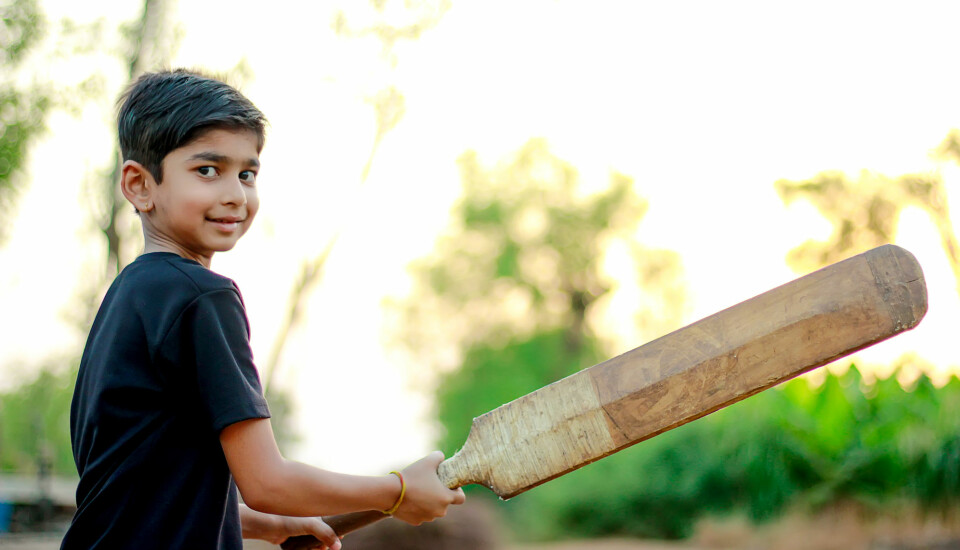
We have to dare
We have to dare to address these important issues - the problematisation of gender, equal opportunity, racism, gender discrimination and body ideals, in addition to issues related to religion and culture, according to the researcher.
“I think many PE teachers think that these conditions should be of no significance in the subject and therefore do not notice or fail to address them,” says Thorjussen – adding that:
“For some teachers, fear and a lack of training in how to address such topics may also play a role.”
Kristine (15) tried to break up ethnic lines in the class by offering to join her multicultural classmates in physical education, but was labelled as “racist".
Thorjussen explains that even though Kristine herself described her experience as others joking around, it was clear from the other students' stories that in some cases, skin colour was significant in social interaction - not least in physical education.
Curiosity and respect make a big difference
For teachers who may only see each student for a couple of hours a week, it might be hard to both get to know the students well enough and to gain the necessary trust.
“Good relationships are crucial for learning and well-being in physical education. Many students feel vulnerable in this subject”, says Thorjussen.
Hasan is active in one of the world's biggest ball games, cricket, while his classmate Magnus barely knows about the sport at all.
She believes that physical education teachers have a responsibility to know their pupils beyond the physical and - in order to promote good physical learning and lifelong enjoyment of physical activity - need to have a holistic knowledge of their students. This involves knowledge of both cultural background and social class as well as insight into youth culture and the interests they bring with them to the subject.
“I think a lot can be achieved by talking to the individual or class as a whole, being curious but at the same time respectful and not taking yourself too seriously. This is far too important to ignore.”
Hard to understand “their” situation
But in the survey, the young people themselves say that cultural and ethnic background is unimportant in physical education classes.
“This surprised me,” says Thorjussen. Regardless of background, the students said that they did not see it as important that the teacher had knowledge of the students' different cultural backgrounds. “There are many indications that students with a minority background themselves find that bringing up “their” situation has little effect. For students with such a background, it can be difficult to see any change. After all, they are part of the majority culture on which the subject is based.”
Yasmin occasionally drops out of physical education classes altogether. The sporty 15-year-old takes part in dance and strength training in her spare time, but in gym class she feels left out. Her story describes a feeling of not being fully accepted as Norwegian by her classmates.
Although in a couple of cases the pupils were introduced to alternative sports, this was in no way based on the pupils' desires and interests. In the interview, it emerged that the students would like the teacher to also include sports they were interested in and which were not so “Norwegian”.
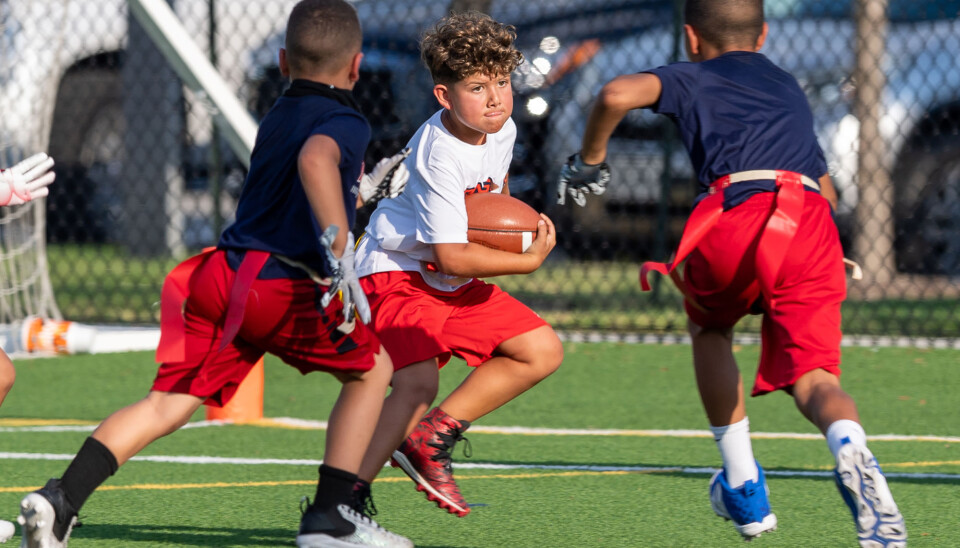
Must adapt better
“We must make teaching easier so that all students feel that their background is important,” says Ingfrid Mattingsdal Thorjussen. Many of the ethnic Norwegian students already feel this way with today's physical education teaching. Many have backgrounds from organised sports and from precisely those sports that are used and valued in physical education.
“For many with a minority background, on the other hand, ‘their’ activities and sports are never represented. This means that they do not expect anything like this from the subject; it has simply ‘always been like that’”.
For several decades, research has pointed out that the content and pedagogy of physical education in school favours those who are good at sports, good at ball games or strong and fast.
“This is a challenge we must take seriously. Physical education is very much stuck in the past”, she says.
According to Thorjussen, physical education differs from other subjects because it is so social.
Powerful hierarchy
The project also revealed how ethnicity, social class and other aspects were significant in social relationships between pupils at the school, and also the significance these social relationships had in the subject.
In social relations, there was a strong hierarchy linked to social and ethnic factors. Yasmin, who identified herself as Norwegian, experienced that being Norwegian at school was about appearance, clothing style and particular behaviour. With her working class background, her parents' culture and the dark skin with which she was born, she felt that she did not fit in. As a result, Yasmin occasionally chose to skip physical education classes.
Rich opportunities
“Actually,” says Thorjussen, “cultural diversity is something that offers great opportunities. It is challenging, but both the teacher and fellow students can also learn a lot about both sports and culture.”
So what can the teacher do? Is talking enough?
“Talking is important, but to get there, you must also realise that both ethnic differences and racism do exist - and on many levels. You have to be able to break this up.”
Here she talks about ‘the hidden curriculum’; that there is a lot of social learning between young people that has nothing to do with school as such - attitudes, the situation in the changing room or which topics or issues are worth bringing up.
“You must be able to see when differences should be ignored, because everyone should be treated equally, and when they should be addressed, because young people may otherwise find it wrong.” Maybe it's mostly about acknowledging differences as something positive, but also about taking it seriously and being aware of situations that can be difficult. But then you must also dare to ask and learn.
Lose the handicap
In the classes that Ingfrid Mattingsdal Thorjussen attended, about 1/3 of pupils had a minority background. She spent a long time building the trust needed to gain insight into the rich stories shared by the students. A lot also emerged some way into the conversations,” she said.
Thorjussen herself is a white, western woman.
“It was therefore important to allow plenty of time. Several of the students with a minority background first said no to joining the discussion. But after a while, they gained sufficient trust to take part.”
When a researcher wants to base their work on social categories such as ethnicity and gender, they are always in danger of reproducing stereotypical images of individual groups.
“It is therefore important to be open to other ways of interpreting the stories you hear. And yes, I was also challenged several times by the students on matters I had misunderstood.”








